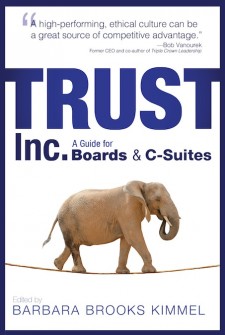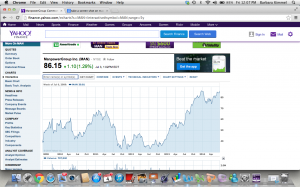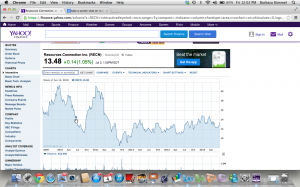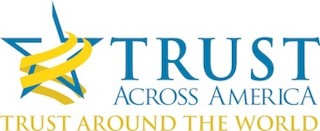Sometimes our days don’t turn out as originally planned.
Yesterday was one of those days!
My intentions were good. I had a big project to tackle so I woke up extra early, walked the dogs, made coffee, sat down to check incoming emails, and suddenly the day derailed.
For those who can still remember back as far as childhood, some of us were blessed with a level of intelligence to the “right of center” on the bell curve. This attribute became a curse on days when tests or exams were administered, as there was often the classmate to the left or right, or sometimes behind us with, what was then known as “wandering eyes.” Their level of audacity was only limited by the teacher’s ability (and choice) to hear and see. When the tests were graded and returned, the cheater acted as if they had earned the grade themselves. They never bothered to thank the kid sitting next to them, and certainly never apologized.
Cheating still runs rampant in schools. In fact, it’s now at epidemic levels as all those cheating kids are now adults, raising a new generation of cheaters. Just ask Don McCabe at Rutgers University who was a guest on the TAA radio show back in 2010.
So as I read through my Google alerts yesterday morning, a new article on “trust” popped up. I read it, read it again, and then read it for the third time, assuming I was missing the most important component, the credit to the original author. Someone who is, ironically, on the faculty of the same university cited above, and who until yesterday I had no reason to believe was untrustworthy or had “wandering eyes” decided that plagiarism and copyright rules only apply to other people. I think I remember that same “guy” sitting next to me in high school english class!
For those who know me, I have never said “No” to anyone who asks to republish or repurpose anything I have written, as I am a believer in the power of collaboration, especially when tackling a complex subject such as “trust.” But this particular person forgot to ask permission, or perhaps thought he wouldn’t get caught. Instead, he threw me a bone with a brief mention of TAA (no link), and then proceeded to lift almost his entire article from this blog post with no attribution.
If you’ve never looked up the definition of “plagiarism,” according to Merriam-Webster.com it is:
“The act of using another person’s words or ideas without giving credit to that person : the act of plagiarizing something”
And for those who don’t know the definition of “copyright”, also from Merriam-Webster.com:
“The exclusive legal right to reproduce, publish, sell, or distribute the matter and form of something (as a literary, musical, or artistic work)”
Some of us take great pride in our writing, expending extraordinary time to produce material that is compelling and worthy of attention. In reality, not all that different from studying for a test or exam! And while I hesitate to be so blunt, cheaters don’t think twice about “ripping it off.” Why would they develop a conscience now, when for years they’ve been doing it with no consequences?
A few days ago I wrote a post called Character: Can it Be Learned in which I argued that it’s never too late to elevate and improve one’s character. So to all the Toms, Dicks and Harrys who have grown up to be plagiarizers and copyright violators, read it. It’s never too late to develop a bit of character, or so I would like to believe.
PS- To those of you who want to know the fate of the article…by the end of the day, and after lots of wasted time, it was taken down. The note below came in the evening. It is the only one I received from the “writer.”
“(Name of publication) will be taking the post down, with my enthusiastic support.”
Can you smell the arrogance, the lack of remorse? Imagine instead if a note had been received early in the morning, something to the effect of “Oops I goofed”, or perhaps even an apology. The project would have been salvaged. Instead, everyone lost. Just the kind of outcome trustworthy people work hard to avoid.
And as the day came to a close, I started a new file called “Sinners & Saints” and placed a printed copy of the “ripped off” article in the file as the first entry. Hopefully it remains the only entry.
I also wrote this blog post and will be adding an official Copyright Notice to this post and all future postings (even though legally it’s not required. See definition above.)
Barbara Brooks Kimmel is the Executive Director of Trust Across America-Trust Around the World whose mission is to help organizations build trust. She is also the editor of the award winning TRUST INC. book series. In 2012 Barbara was named “One of 25 Women Changing the World” by Good Business International.
Feel free to leave a comment or drop her a note at Barbara@trustacrossamerica.com
Copyright © 2014, Next Decade, Inc.








Recent Comments